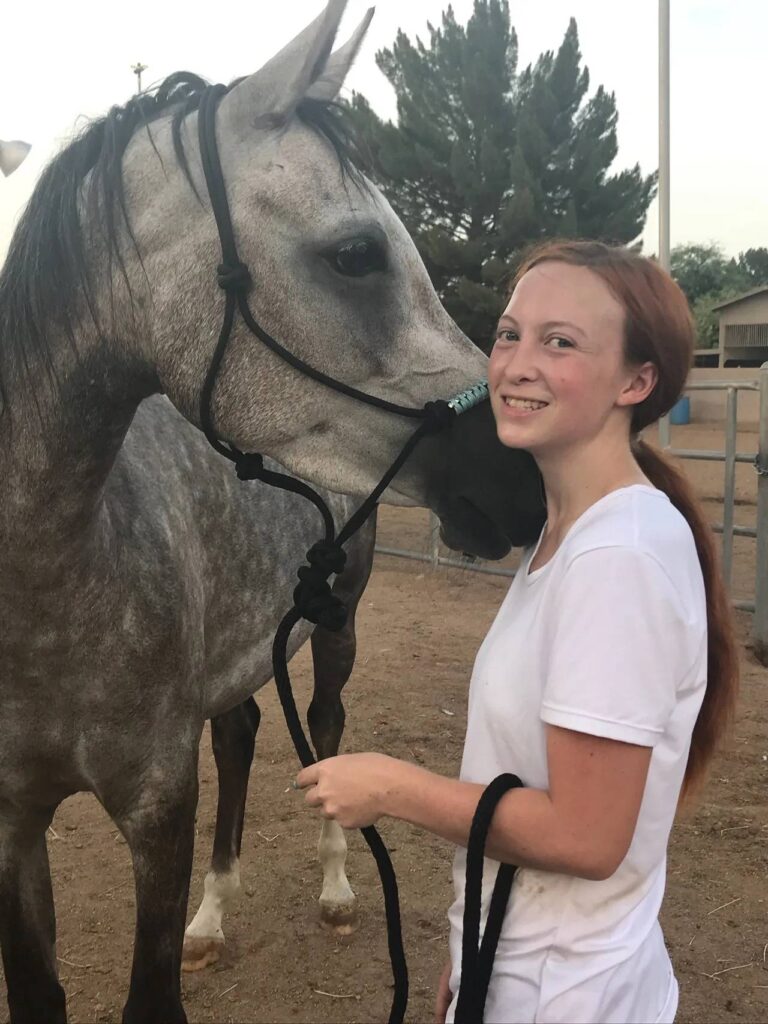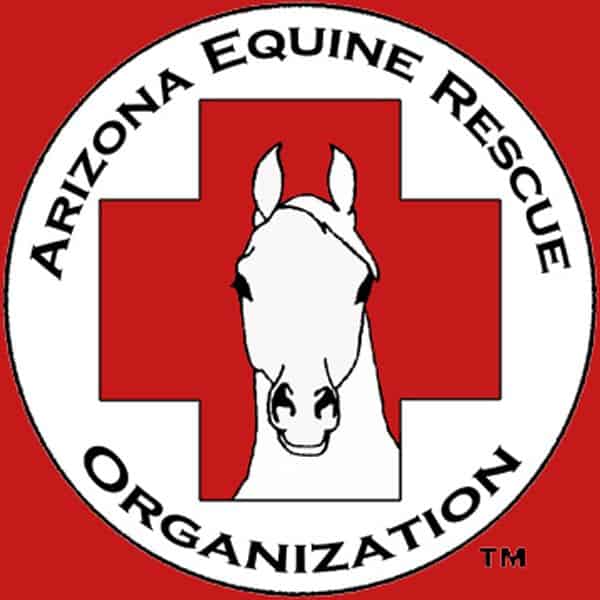 Horses process information first and foremost through their eyes…. eyesight is it’s primary mechanism to protect itself. A horse’s eyeballs are designed to sense movement for several miles, and, if you watch predators stalking prey you will notice they are still much of the time and move slowly. So the part of the body that a horse will protect the most instinctively are those eyeballs because they are critical to survival.
Horses process information first and foremost through their eyes…. eyesight is it’s primary mechanism to protect itself. A horse’s eyeballs are designed to sense movement for several miles, and, if you watch predators stalking prey you will notice they are still much of the time and move slowly. So the part of the body that a horse will protect the most instinctively are those eyeballs because they are critical to survival.
A horse’s head position will change when it has trouble seeing. If you notice they try to raise their head so their precise vision can get a better view of what is in front of them. Don’t mistake this move as dominant or unruly – often they are just trying to understand what is in front of them better. New objects, frightening movement, etc. will all be things that cause a horse to pop its head up for a better view. If they do this around you all the time then YOU are the scary object they want to keep in clear view. Horses only see detail low and in front of their nose and a when a horse is forced to move with it’s eyes very low to the ground they are essentially being asked to move without being able to see well in front of them (or basically blind.)
Their attention to movement is so refined they can spot slight movements and react quickly.
When people are putting a plastic bag on a stick in a round pen or using a long dramatic whip or wiggling a rope, it is the same as shouting at a horse. Those tools should be used only when shouting is appropriate and movement should be reduced when the horse is reacting in fear. Lots of movement without giving a horse a chance to understand the movement is a set up for panic. Quick movement equals attack and potentially death for a prey animal.
A horse also can see well at night but they do not have mechanisms to adjust to dark and light quickly so that means if they go from a lighter area to a darker area (think trailer) it can take MINUTES for their eyes to adjust. We see people mistake this as difficult behavior when in reality, with just a slower approach, they will remain calm. Slower is faster was never a truer phrase than with horses. This is the same reason we take fly masks off at night – fly masks actually reduce their vision significantly at night which reduces their ability to protect themselves and react appropriately.
Many people wonder if horses can see color, and, guess what? Studies show they do see color but maybe not the spectrum a human sees. Certain colors are easier for them to see than others. We joke in the barn that orange (carrots) is really the only color they see vividly but they do see shades of grey, brown, green, and other colors very well but maybe not as vivid. Colors that take away depth perception based on their eye design are black, reflective white and any reflective surface like a silver. That means when you put a horse in a trailer with reflective white walls and black floors it is a leap of faith because they can’t see very well. We changed our trailer cushions to green and put brown Polylast on the floors and ramp which they tolerate much better.
Finally I was talking to someone the other day who thought a horse was afraid of their rope due to the white color. Ironically what I saw was that they used excessive movement of the rope and the same rope without movement was no big deal. It reminded me of a time when a trainer took one of our most laid back horses into a round pen, threw a rope behind it’s legs and sent it in a panic forward in the round pen. It didn’t know what that movement behind it was but it certainly wasn’t going to wait to find out. The trainer continued to throw this rope behind the horse and the horse went faster and faster because the original fear was confirmed….this rope was out to attack! Finally the horse was fed up and doubled back on the rope to attack. Smart horse. Trainer turned triumphantly to me and said, ‘See! That horse is dangerous because it will run through you!’ I thought, ‘Thanks for teaching that trick to my poor horse!’ That horse never did it again. Not because she was corrected, but because she was allowed to inspect the rope. The next time I threw it behind her she wasn’t worried at all and went back to her laid back ways. When you see a change in position, a big reaction, or other unexpected response, please think about those big ol’ eyes and what they are telling your horse! That will lead you to the right way to handle the situation.
